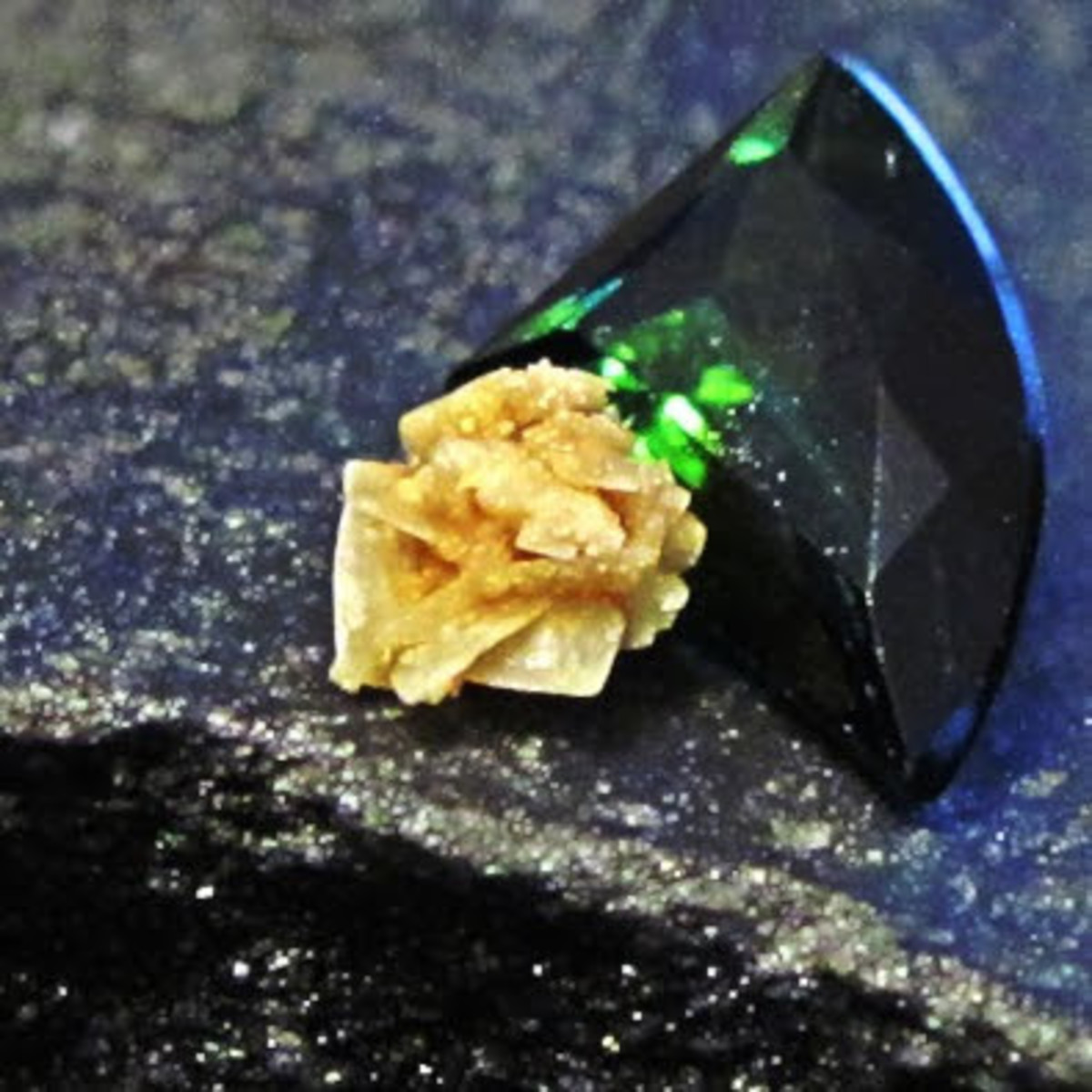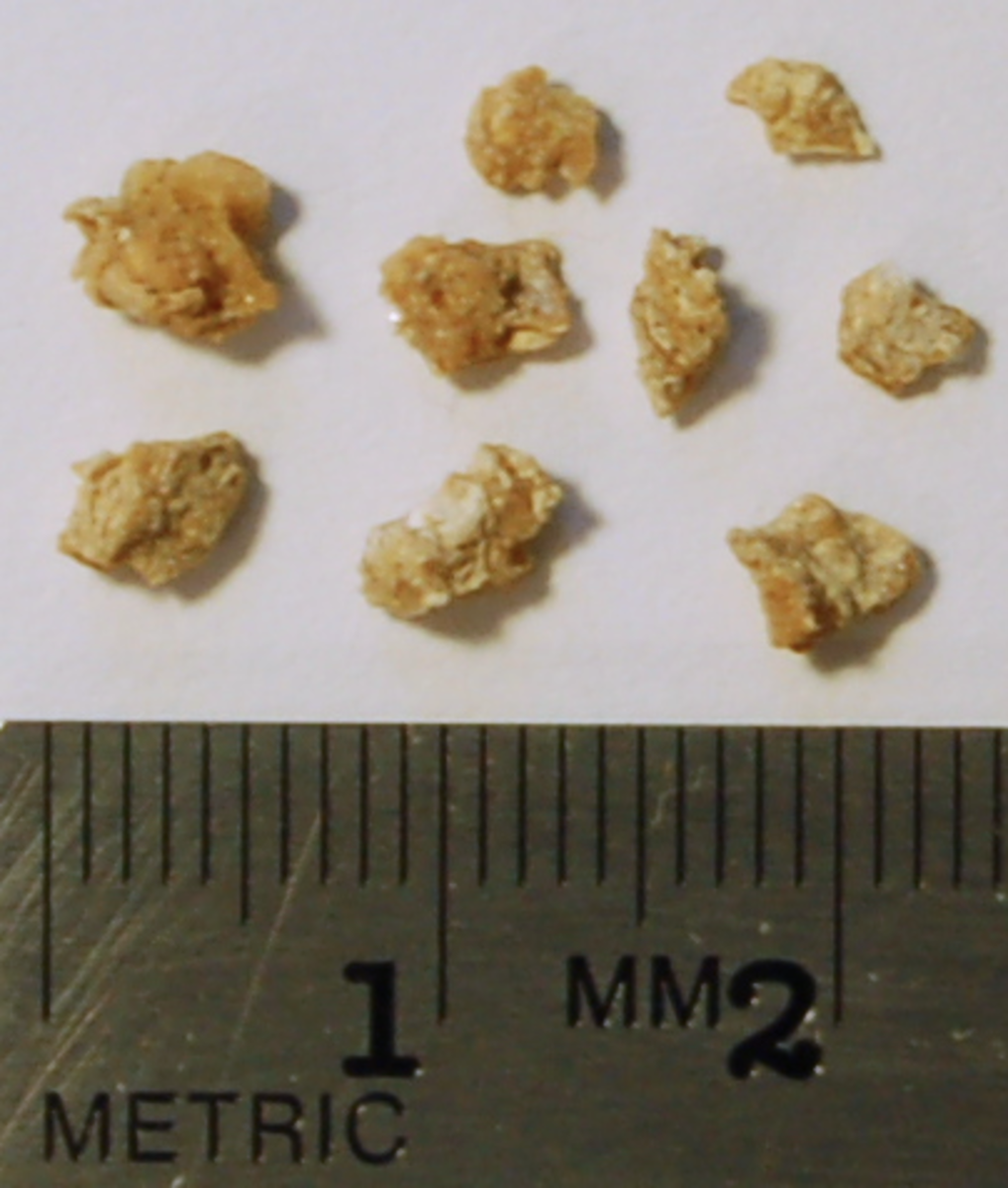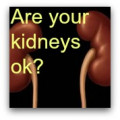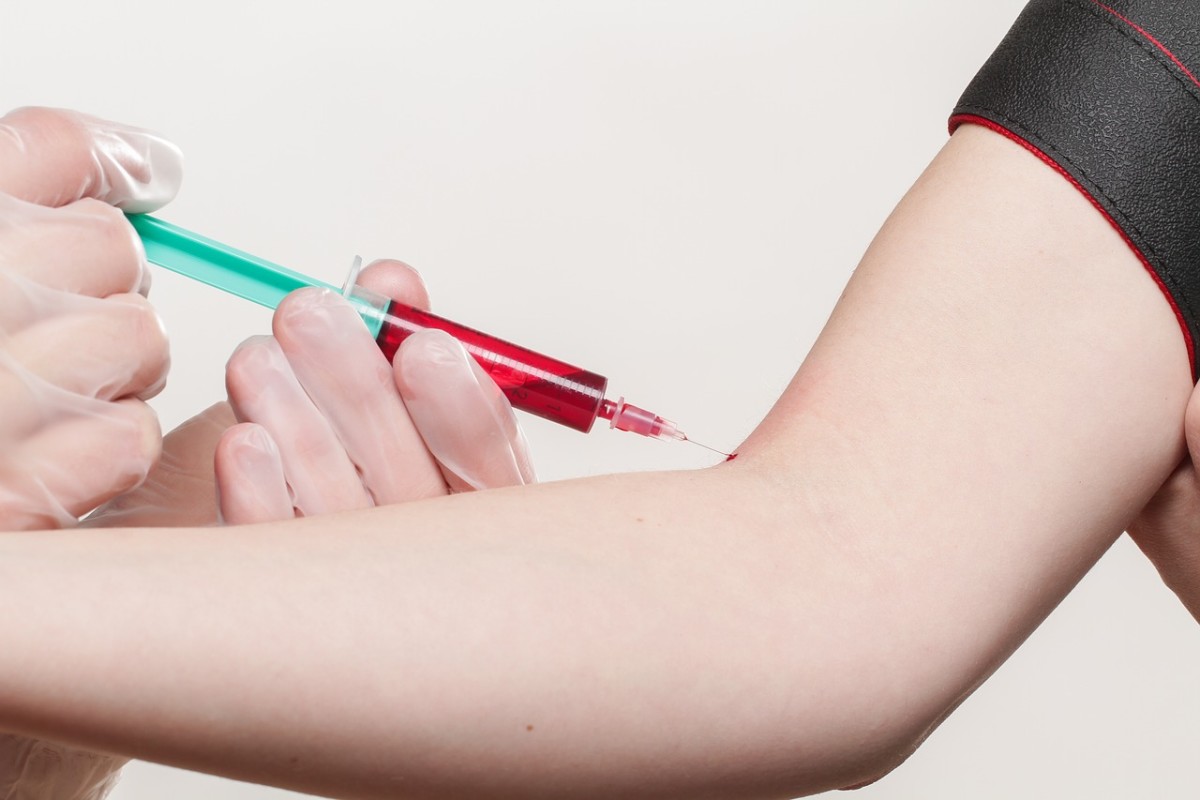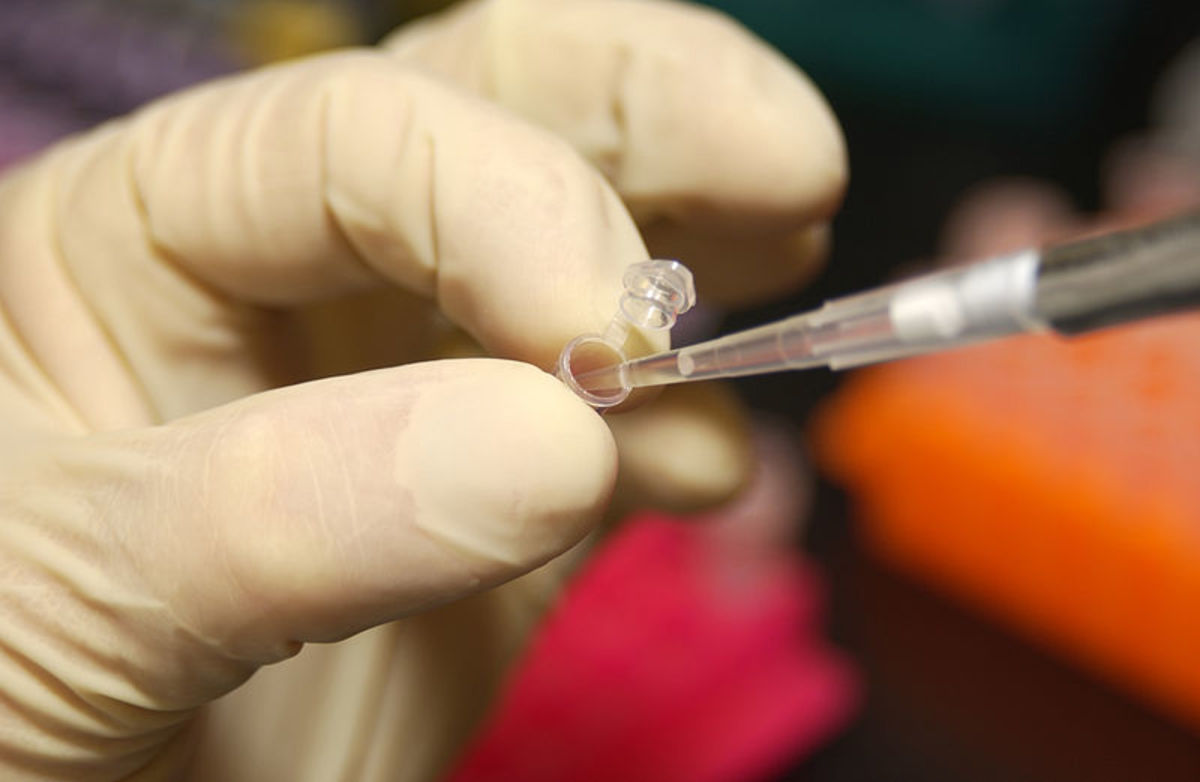Do You Need Kidney Dialysis? - Signs You Need This Procedure
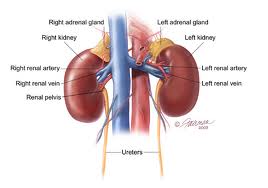
Do you need kidney dialysis?
You would know that you need to undergo a dialysis procedure:
- When your kidneys are no longer capable of removing acid from your body. The condition is called metabolic acidosis which when left untreated could further lead to low blood ph level, a condition called acidemia.
- When you are experiencing electrolyte imbalance. This is when your body has reached abnormal levels of calcium, potassium and sodium. Electrolytes are vital substances needed by the body to maintain fluid and acid-base balance, and to ensure the proper functioning of the heart and nervous system and the normal supply of oxygen to the body.
- When you experience intoxication with substances such as salicylic acid, laxatives that contain magnesium, ethylene glycol, isopropanol and lithium, then you need to undergo dialysis.
- When the body is overloaded with fluids which cannot be addressed by diuretic treatments, dialysis is needed.
- When the body is experiencing complications of uremia such as gastro-intestinal bleeding, encephalopathy and pericarditis, you need to undergo dialysis.
Dialysis is the process of removing waste materials from the blood and functions as an artificial kidney when the real one is no longer functioning properly.
Kidney dialysis has two types: Hemodialysis and Peritoneal dialysis.
Hemodialysis is a procedure that removes water and waste materials from the body of patients suffering from renal failure. A dialyzer, a machine with perforated fibers through which blood can flow freely is used for this purpose.
Outside of these perforated fibers is where the dialysis solution flows while the water and waste materials move to and from both of these fluid environments to rid the kidneys of toxic wastes. These waste materials are composed mainly of creatinine and urea, some potassium and phosphates.
Peritoneal dialysis, on the other hand, occurs inside the body. A tube containing glucose solution is inserted into the peritoneal cavity with the peritoneal membrane or peritoneum serving as the permeable membrane. The dialysis solution is allowed to settle in the peritoneum for the purpose of trapping the toxic substances released during the cleansing process.
In terms of the ability to remove wastes and water, peritoneal dialysis is not as efficient as hemodialysis in removing excess salt and other waste products, but because of the length of time it takes to perform the procedure, the result can be comparable to hemodialysis.
One advantage of peritoneal dialysis is that it can be done at home saving you money and the trouble of going to the dialysis clinic many times in one week.
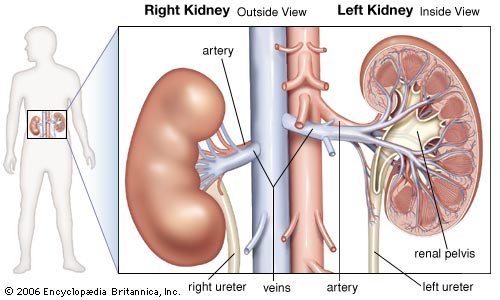
THE KIDNEYS
The kidneys are parts of our body that take the shape of a bean. A kidney is about 4 cms thick; 6 cms. wide and 11-14 cms. long. The right kidney is located right next to the liver and the left kidney, to the spleen. Both organs move up and down as we breathe.
The kidney empties urine into the ureters which in turn excrete urine into the urinary bladder for final excretion.
Renal physiology is the study of the various functions of the kidneys.
Nephrology is the field of medicine that deals with the different diseases of the kidneys.
Functions of the kidneys
- They filter waste materials from the blood and excrete waste from the body into the urinary bladder in the form of urine. In the process of removing urine from the body, it produces the by-products ammonia and urea.
- They maintain the body's acid-base balance.
- They regulate electrolyte balance
- They regulate the body's water balance
- They regulate blood pressure - this is a special role of the kidneys and body fluids
- They secrete the hormones erythropoietin and calcitriol and the enzyme renin.
Watch an actual demonstration of a hemodialysis procedure- thanks to Wally Russell's youtube vid
© 2012 Zee Formadero


